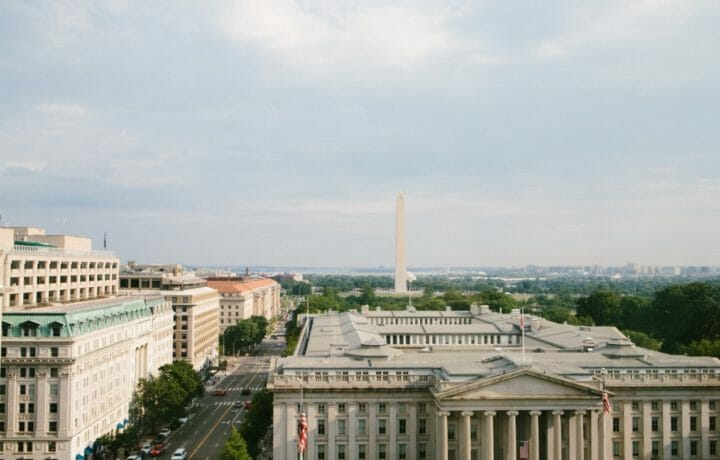While the departments of Defense and Energy require that federally-funded research be conducted by U.S. citizens, this presents an unnecessary barrier to development, said Jacques Gansler, a former undersecretary of defense for acquisition, technology and logistics and current University of Maryland academic.
The citizenship requirement, “doesn’t make sense to me when so large a share of the really outstanding science and engineering students, and graduate students particularly, are non-U.S [citizens],” Gansler said before a House Armed Services defense industry panel hearing.
Gansler gave an example of Enrico Fermi, who was not an American citizen when he worked on the Manhattan Project. Also, President Ronald Reagan established policy in NSD-189 that fundamental research should be free, open and publishable, Gansler said.
Research and development “”is at a historic low” as a percentage of total contract dollars spent, even when classified contracting spending is used to make that calculation, said David Berteau, a former principal deputy assistant secretary of defense for production and logistics and current senior vice president at the Center for Strategic and International Studies, at the hearing.
Berteau also outlined critical challenges facing the U.S. defense industry today, including: The impact of planned and potential reductions in defense spending, the need for industry to remain competitive in global financial markets and retaining technical and innovative leadership. He presented three key solutions, including a clearer articulation of our future national security strategy that prioritizes budget and force structure, needs and reductions. Also, incentives need to be changed in the industry.
“Requirements need to reflect tradeoffs of engineering, cost, and performance in use,” he said. “Today, they often do not.”
He also suggested the government needs to have a better idea of which elements of the industrial base are most vulnerable and a better way of including that information in budget decisions. Finally, he suggested the U.S. be able to identify innovation when it develops outside of the country.



